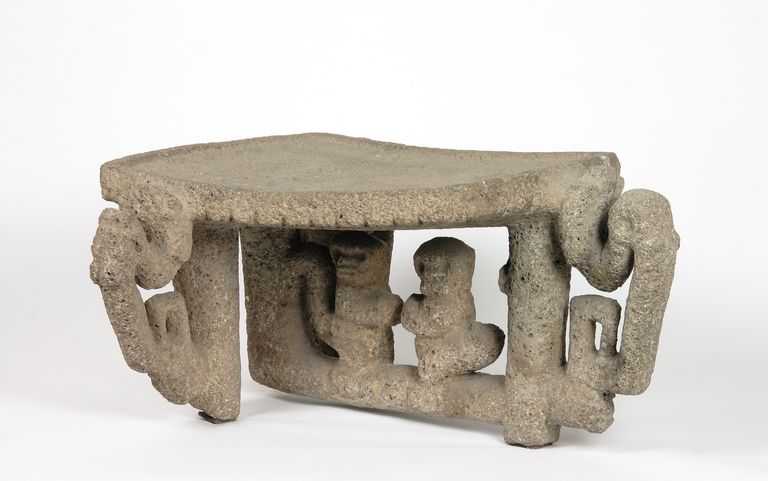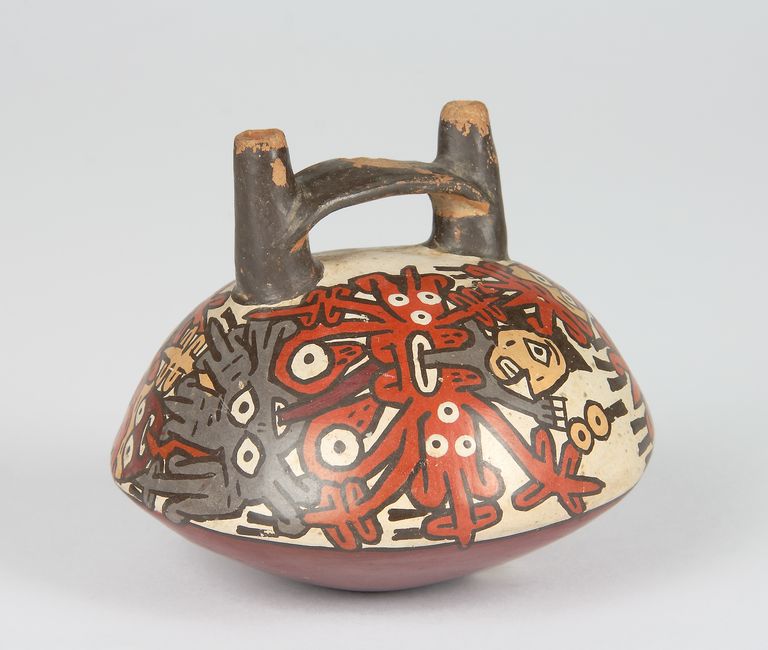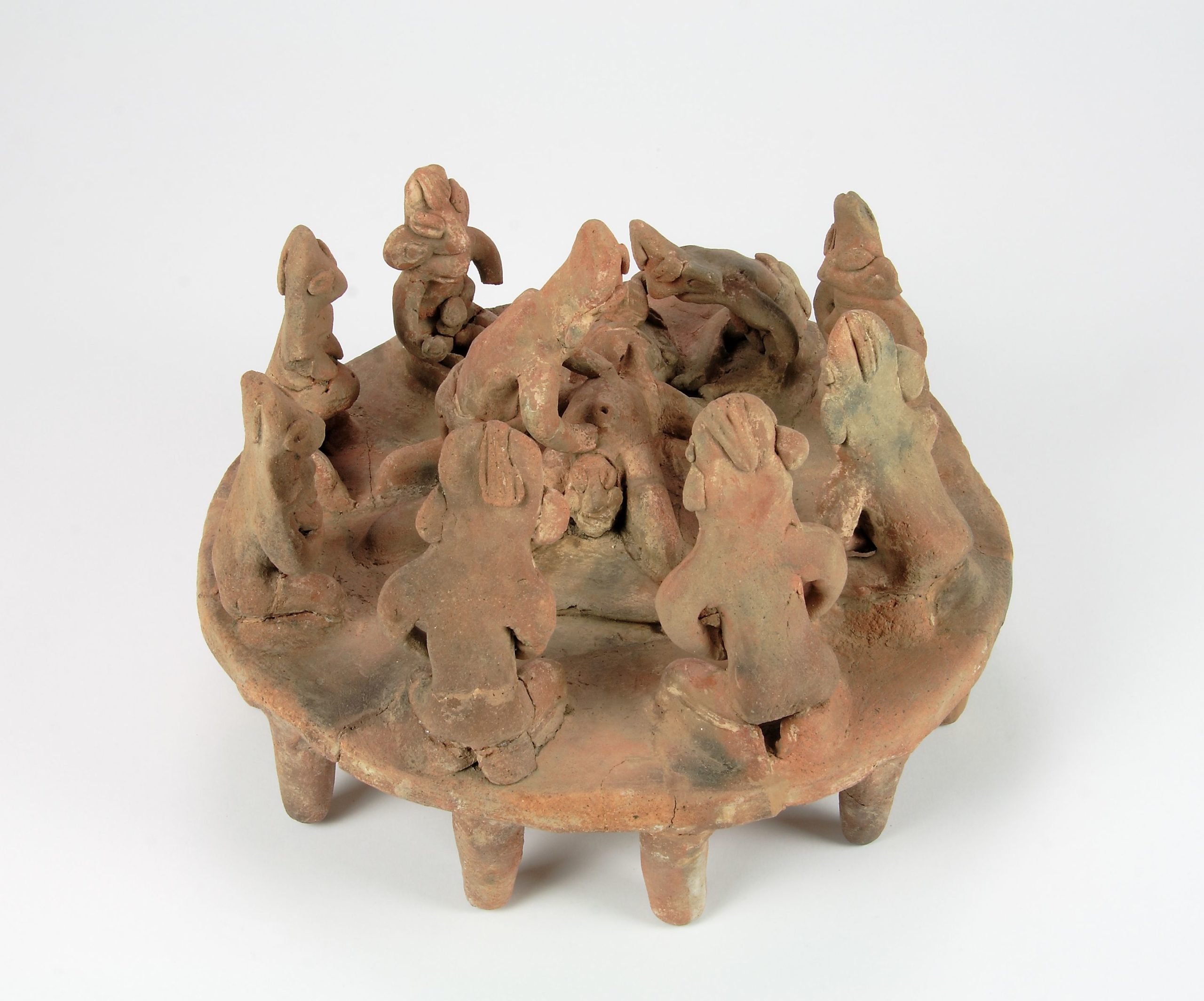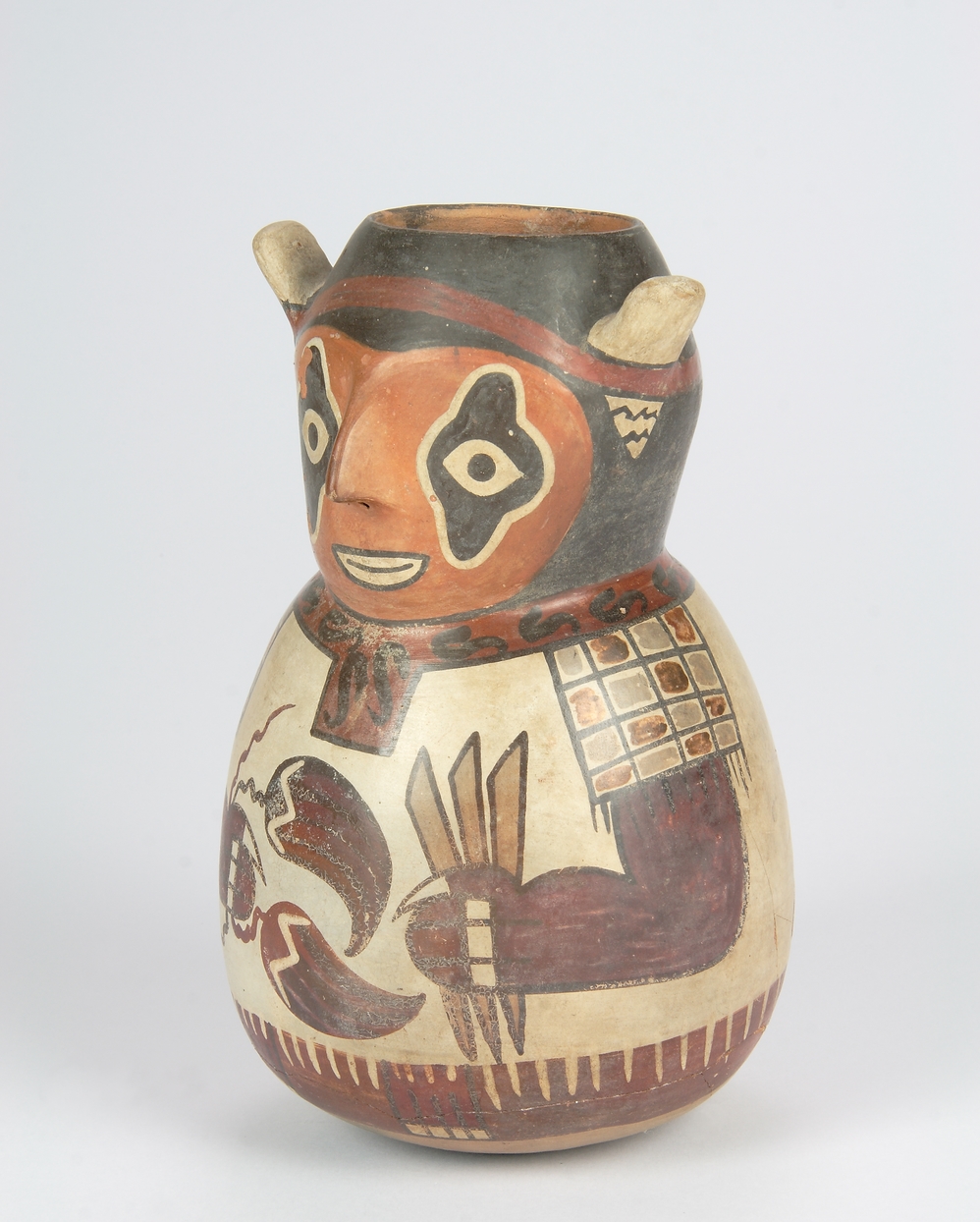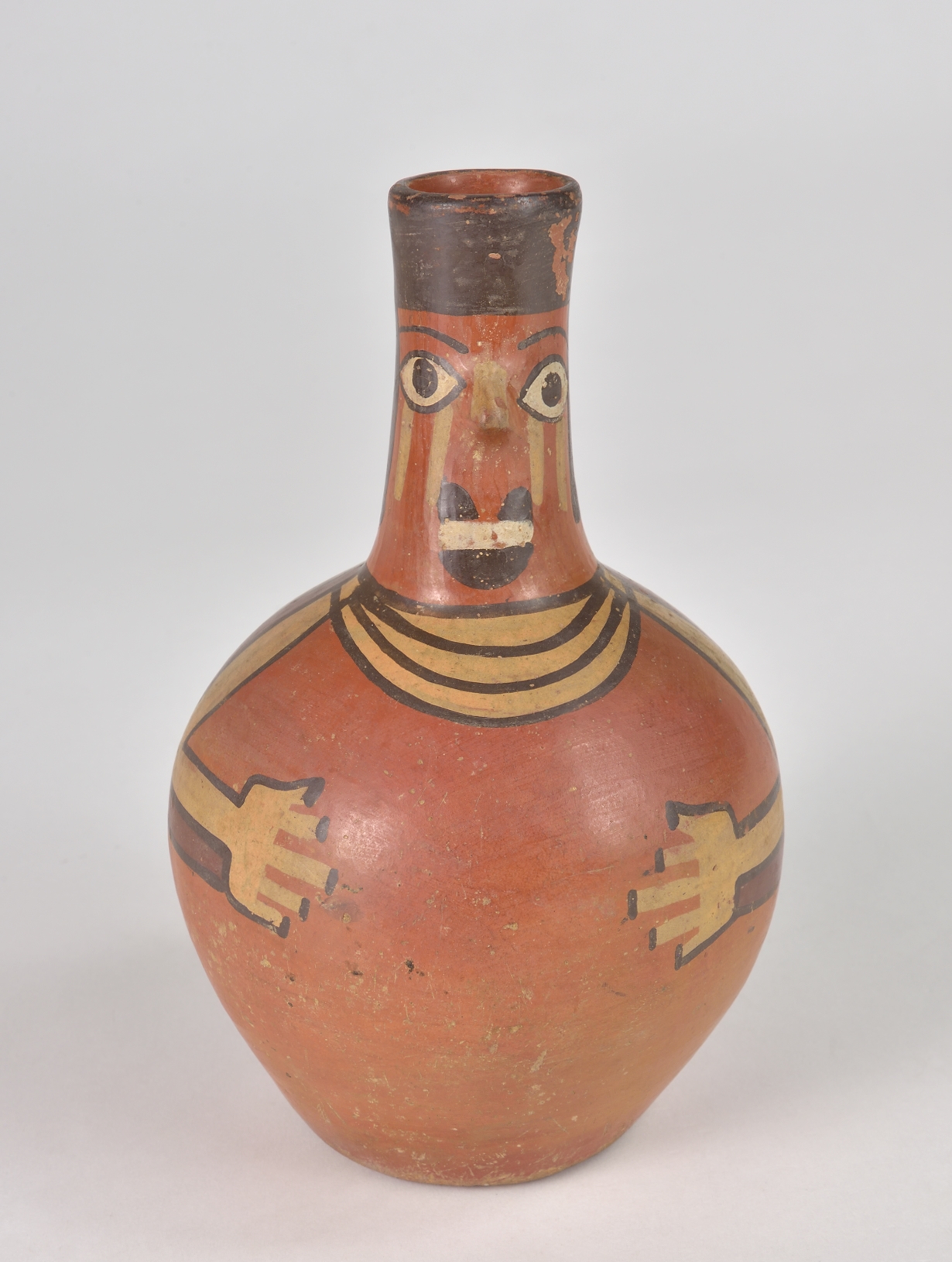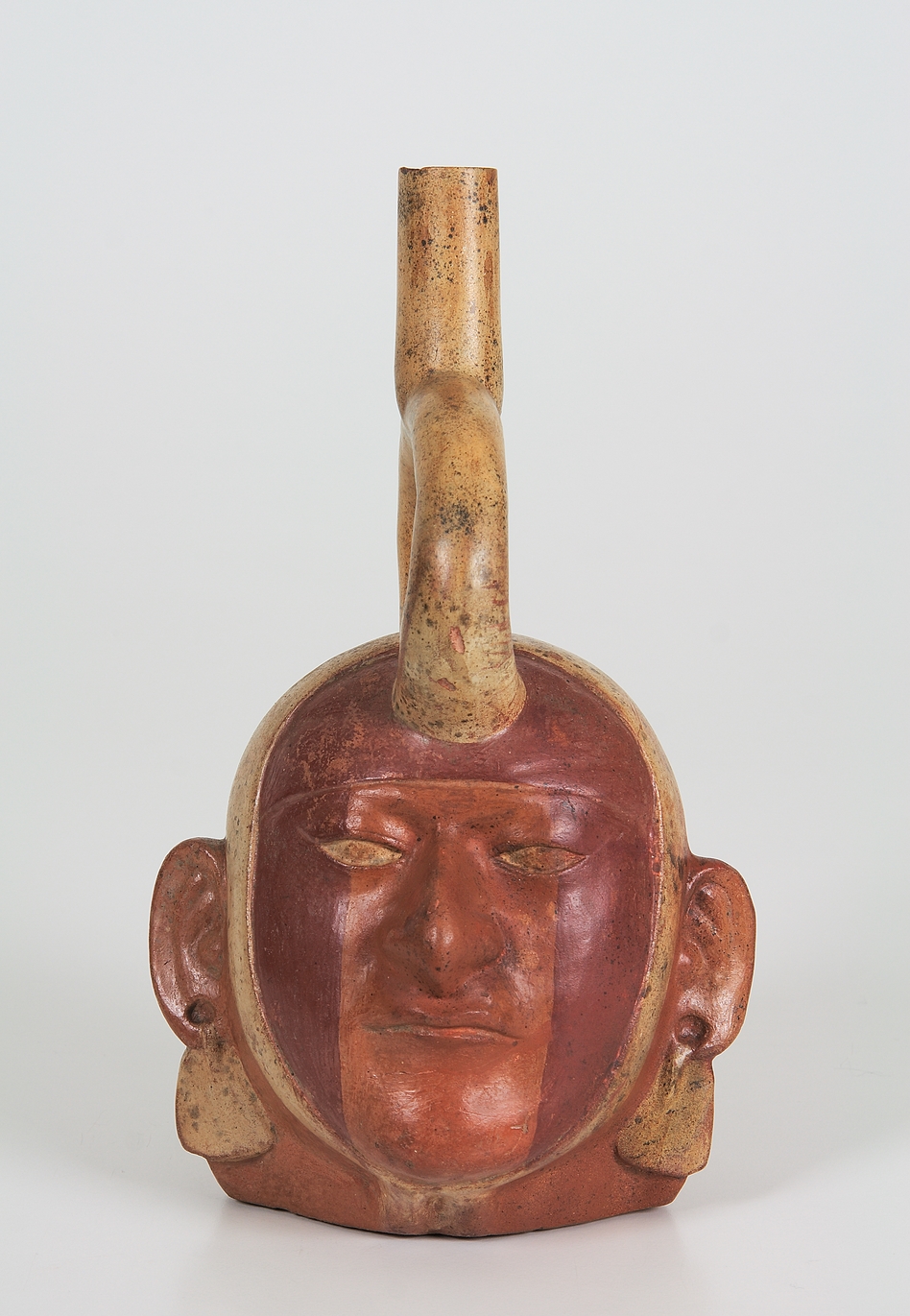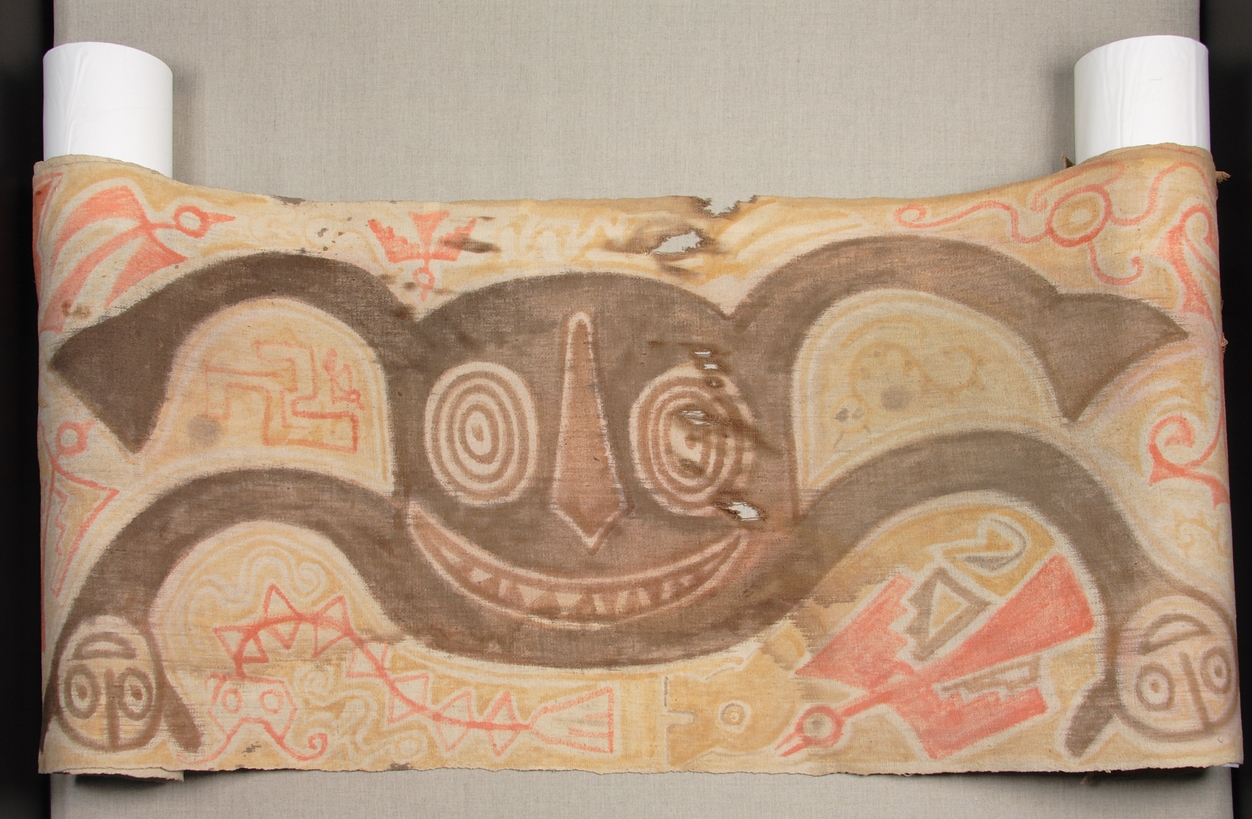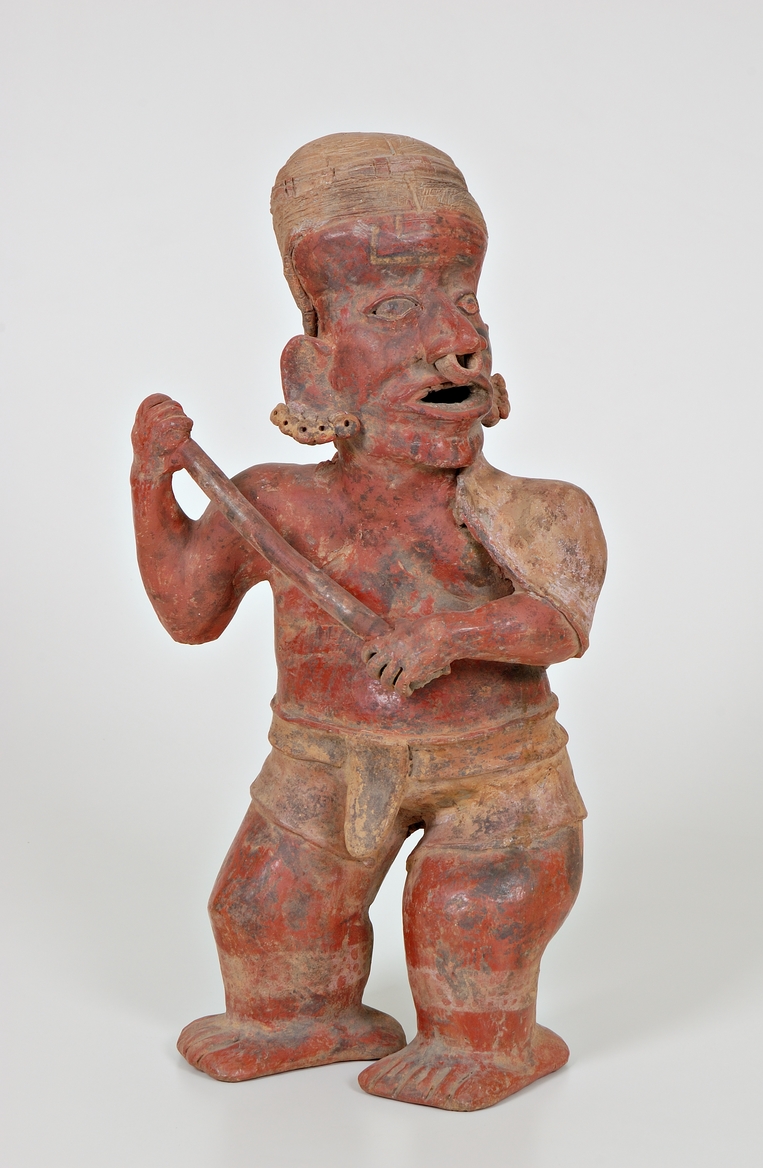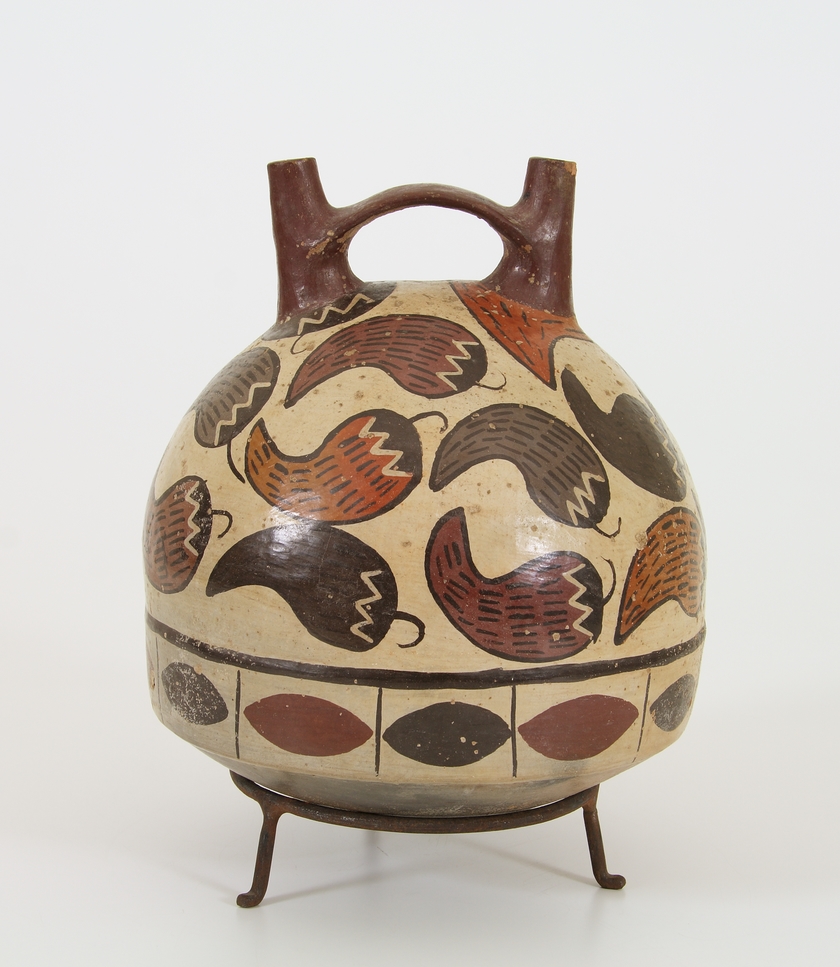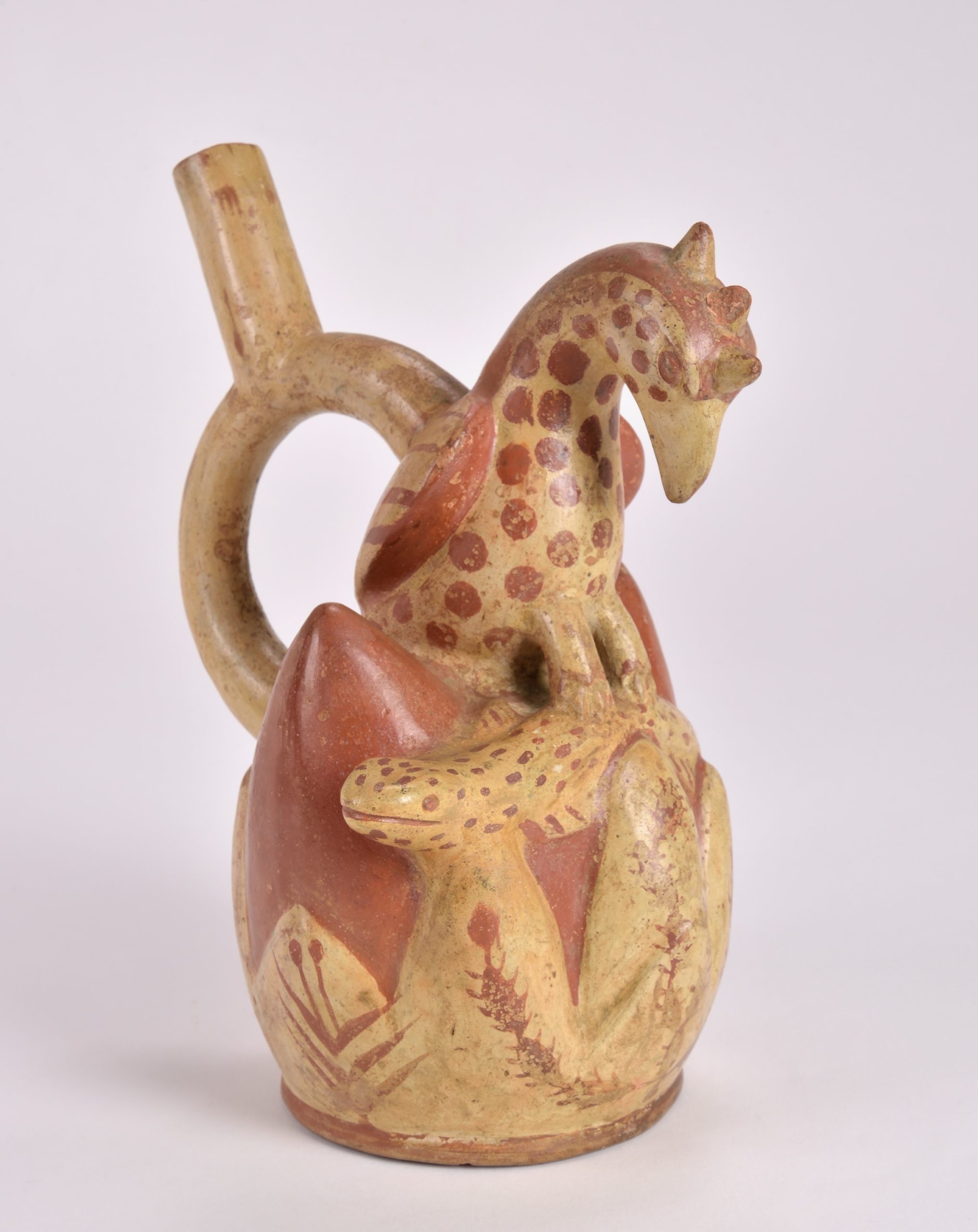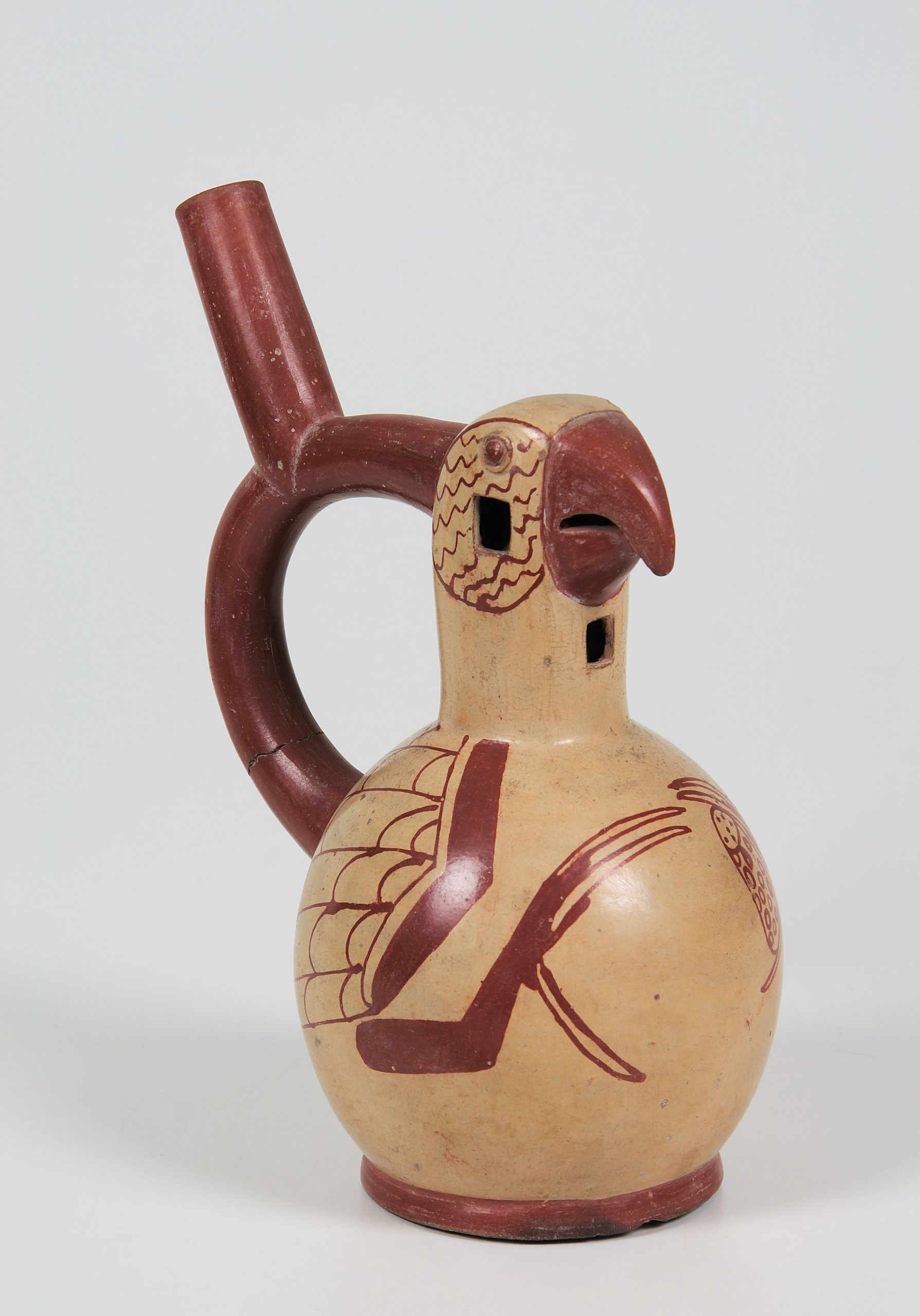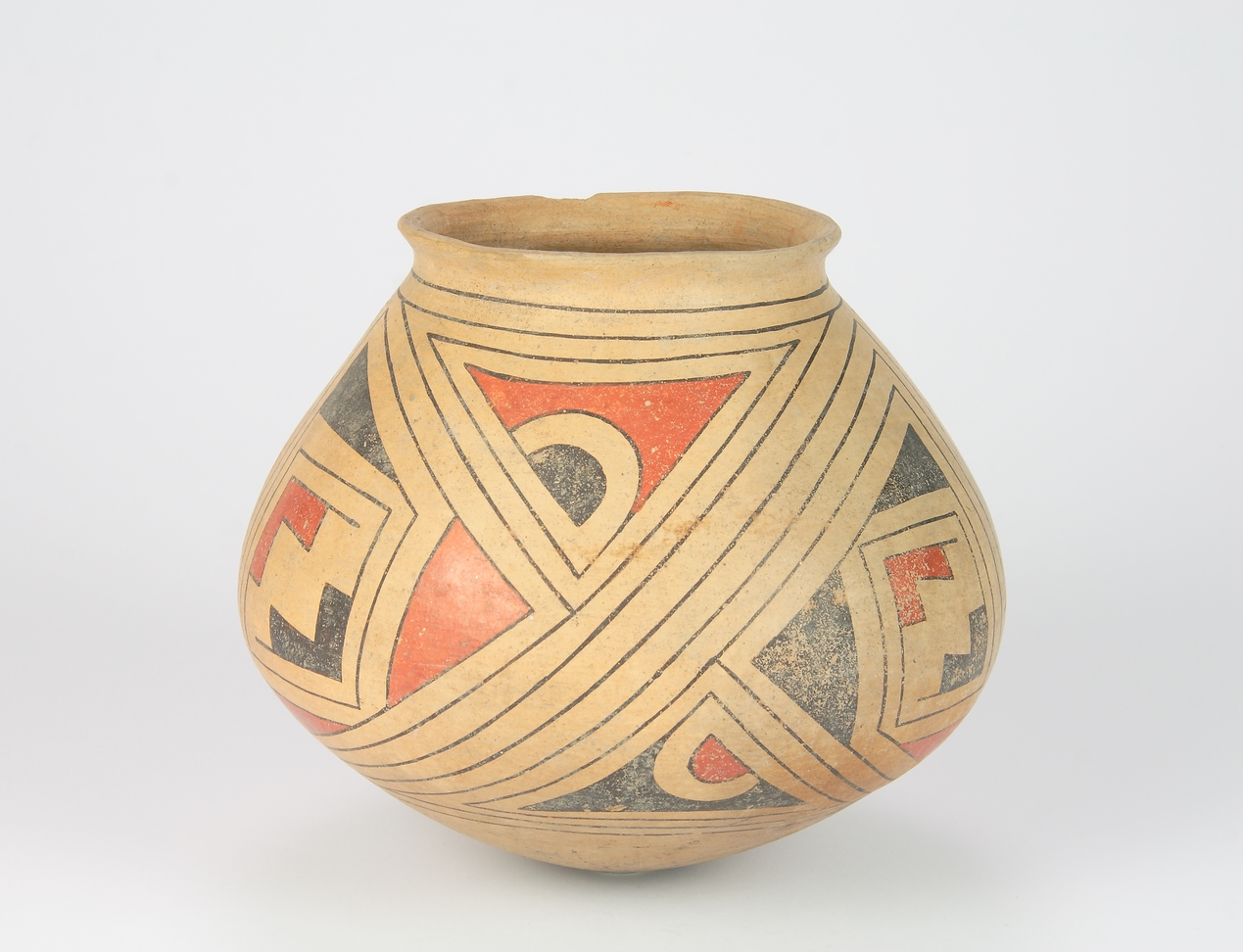This is one of the richest and most interesting collections in Italy, comprising seventy-eight pre-Columbian archaeological cultures, that is, prior to the European conquest.
The 271 exhibits come from nine archaeological and cultural areas of the American continent: Eastern and Southwest Forested Lands (North America), Caribbean (Caribbean islands, parts of Venezuela, Guyana and Suriname), Mesoamerica (comprising three-quarters of Mexico, the territories of Guatemala, El Salvador and Belize, the western parts of Honduras, Nicaragua and Costa Rica), Intermediate (eastern territories of Honduras, Nicaragua and Costa Rica, Panama and large parts of Venezuela, Colombia and Ecuador), Amazonia (including forest areas of Brazil, Venezuela, Colombia, Guyana, Suriname, French Guiana, Peru and Bolivia), Peru (Peru), Southern Andes (Chile and parts of Argentina and Bolivia) and Pampeana (eastern Argentina and Uruguay). Textiles and artifacts made of stone, wood, metal, and shell are also presented alongside ceramics.
The ceramics, having mainly a ritual character, are extremely significant in the cultural framework of the Americas: they tell the story of older civilizations that have disappeared, or more recent ones smothered by European conquest, some of their distinctive traits, life, culture, and art through simple, complex, and sculptural forms that are often very realistic.
The oldest exhibits, Ecuadorian, Peruvian and Mexican, date back to the 21st, 15th and 13th centuries before our era, respectively.
Among the most relevant evidence from Mesoamerica are the striking figurative sculptures of the Mexican West and Veracruz at the turn of and immediately after the beginning of our era, Mayan sculptures from the 3rd to 10th centuries, and Aztec ceramics from the 14th to 16th centuries.
In turn, among those referable to the Peruvian area stand out the Nasca, Moche, Chancay and Chimu ceramics from the 1st century to the 15th century CE, characterized by perfect and complex specimens of open and narrow vessels among which interesting forms such as portrait vases or “whistling bottles” emerge. Very striking are the decorations of anthropomorphic, naturalistic and geometric elements, whose vivid colors result from a careful choice of clays with the addition of natural pigments: likewise for the relief decorations and black ceramics.
Evidence from the remaining areas, generally less well known but not without suggestion, will also not fail to surprise the visitor.
Sixty-nine antique specimens of precious Peruvian textiles document the great high-tech textile tradition, which in its decorative motifs and polychromy finds many parallels in ceramics, while one showcase is entirely devoted to miscellaneous materials other than ceramics and textiles, which the ancient peoples fully dominated.

